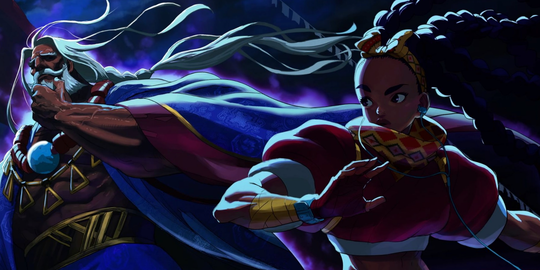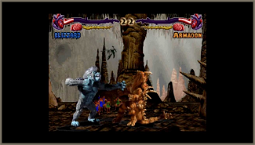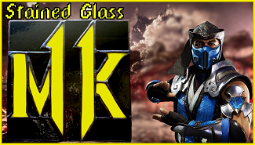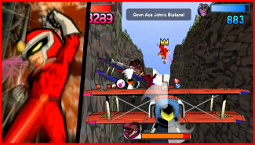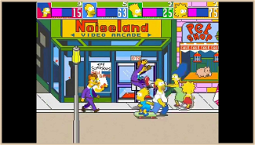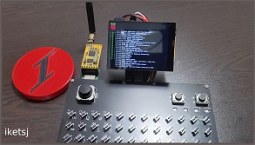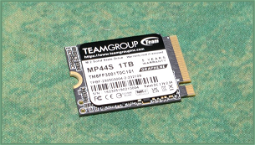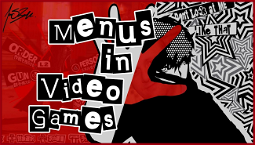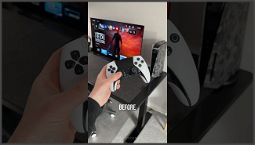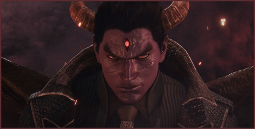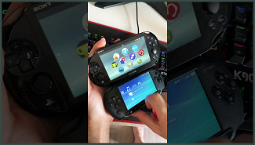Street Fighter 6: Glossary
If you are jumping in to the world of Street Fighter 6, and you’re not sure what footsies are or what a cross-up is, this glossary might help.
Want to know what all these Street Fighter 6 glossary terms mean? If you have never played a fighting game before or have never even dabbled in Street Fighter 6, then jumping in for the first time is going to be intimidating. The series having as much history as it does, you are not alone in feeling out of your depth, but Capcom has primed and ready to bring in a whole host of new players. Fortunately, it is one the best Fighting Games of the year so far, so here is a Street Fighter 6 glossary of fighting game terms that may help explain some of the more confusing aspects of the game.
Street Fighter 6: Glossary
While Street Fighter 6 is as newbie-friendly as it has ever been, there are still some things that you need an explanation for. Street Fighter 5 tried to explain these things, but it layered them on so thick that it muddied the waters instead of smoothing things out. Thankfully, Capcom has made an effort to streamline this in Street Fighter 6.
Sure, the game itself has strung together a number of useful guides and tutorials to help explain everything you may need to know, but it can still be overwhelming. So, if you just need a quick, concise definition of these terms, then this glossary was made just for you.
An 'An-Tee-Air' (anti-air)
An 'An-Tee-Air' (anti-air) is exactly what it sounds like: They stop your enemies as they jump at you with an attack. Many anti-air specials are at least somewhat invincible, though anti-air normal attacks are typically faster.
An 'ar-Mored' (armored) attack
An 'ar-Mored' (armored) attack is an attack that can absorb a hit. Most characters have at least one armored attack, usually a heavy attack, but some have two and others still have more. All non-super attacks—down to the fastest jab—have startup.
A 'cross-up'
A 'cross-up' is a jumping attack that hits behind an opponent. Most characters have cross-up attacks in most 2D fighting games. This is a kind of attack that both alters the jump arc of a character and also delivers an angled attack that can be tricky to block.
Footsies
Footsies is a term used for a style of play that involves controlling space and moving in and out of the neutral range. The goal of this play style is to gain an advantage over an opponent by finding safe angles in which to attack.
Ah, the notorious Frame Trap. When you have two attacks that do not combo, but the space between them is too short for any regular attack to disrupt the sequence, then you have a Frame Trap.
A 'hard knockdown'
A 'hard knockdown' forces the player knocked down to stay on the ground longer and provides them with fewer recovery options. Most special moves that force a hard knockdown are unblockable and can be super cancelled.
A 'mix-up'
A 'mix-up' is a sequence of actions that has two or more offensive moves that cannot be reacted to and are designed to confuse and surprise opponents. For example attacking high and then hitting low.
An 'off-the-ground' (OTG) attack
An 'off-the-ground' (OTG) attack is any attack that hits a knocked down opponent.
